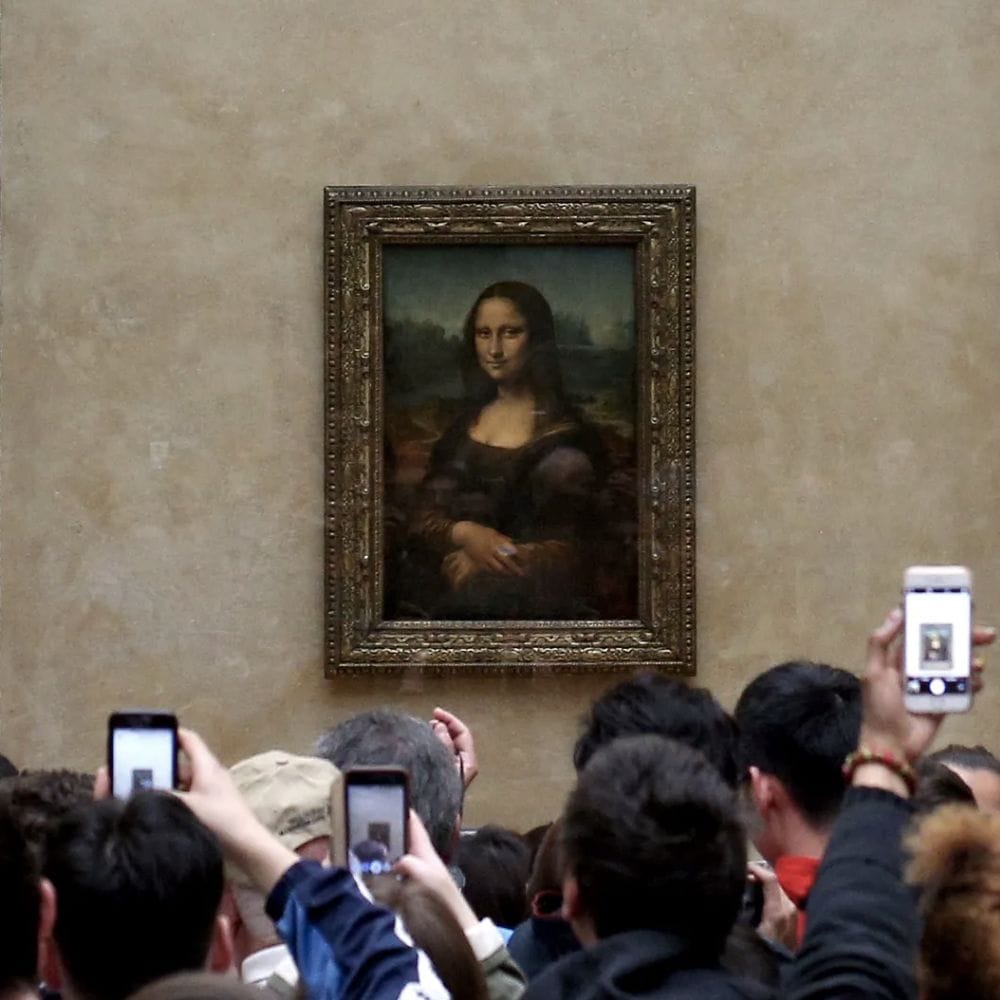
Mona Lisa has captured the world with its beauty and is one of the most well-known paintings in the world. Despite the fact that it is centuries old, the allure and the mystery of the woman in the painting and painter is still going strong.
While it sits in content behind the glass at the Louvre, scientists and art historians continue to dig—and this time they have discovered something new about the iconic work.
The Painter’s Technique
Leonardo da Vinci’s technique intrigues people studying his work, and new information has come to light regarding this multi-talented artist, who also appears to be some kind of paint alchemist!
Researchers analyzing his painting recently found a rare compound called plumbonacrite in a tiny speck of paint at the corners of Mona Lisa. The same compound was also found in da Vinci’s famous work The Last Supper.
The Compound
The compound plumbonacrite is a result of lead oxide, which suggests that the painter was using the substance powder to thicken and dry his paint. Upon deliberation, research has suggested that Leonardo was mixing oxide powder with either linseed or walnut oil, post which he would heat the mix to form a paste.

The mixture, which would be somewhat golden in color, would then be applied to the wood panel upon which he painted the world-renowned Mona Lisa. Since the compound was also found in The Last Supper, it’s possible he painted the wall below it with the same paste.
The Genius Technique
Chemist Victor Gonzalez from France’s National Centre for Scientific Research, commented that this discovery could be instrumental in restoring it in the future, as well as add to the knowledge of conservators working on Leonardo’s works.
The mention of this compound was present in the artist’s notes only for hair and skin remedies, but researchers believe the mixture recipe was one he created on his palette.